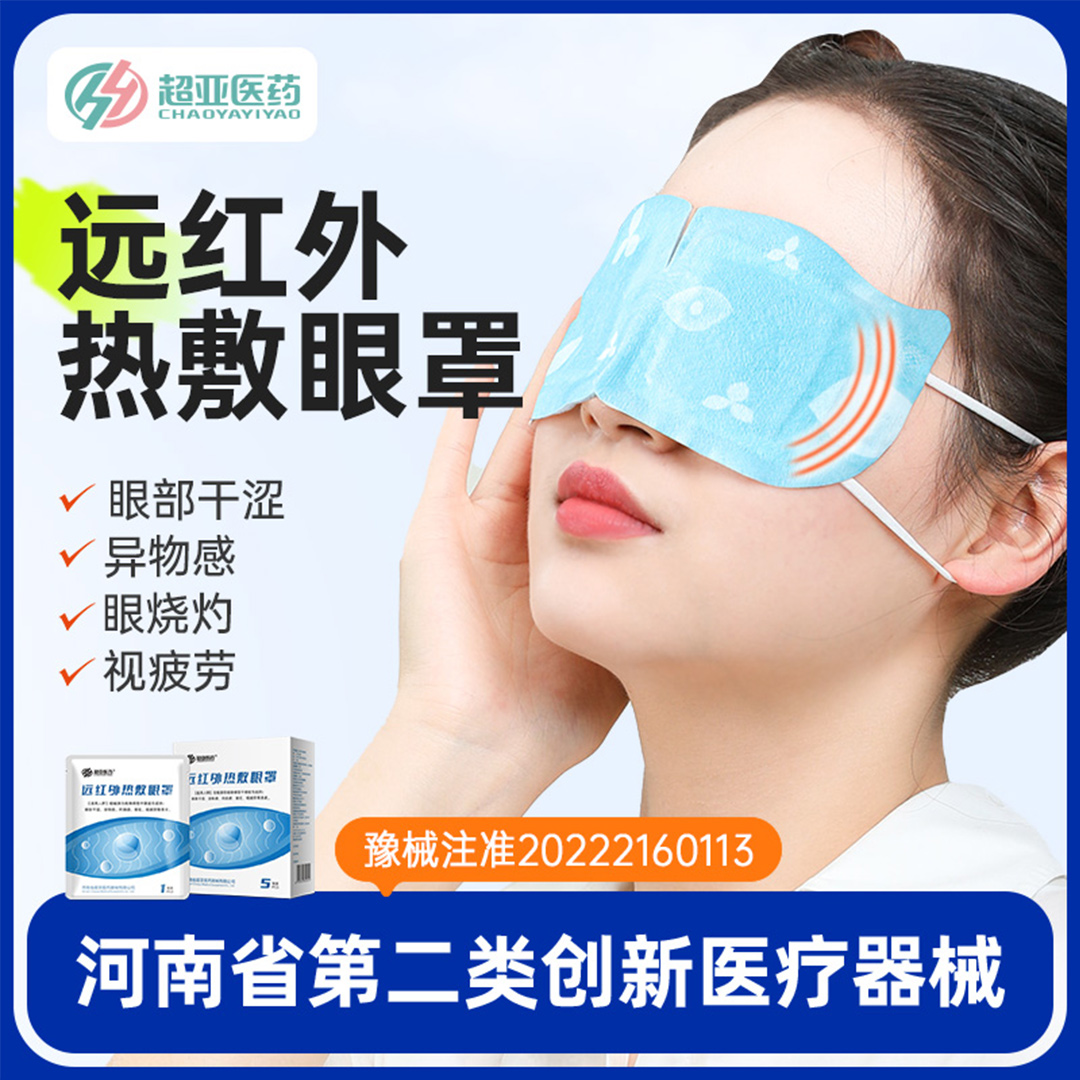“Yangkang”How to Protect Eyes Later?
admin:date:2023-01-12back
After the "Yang", many people around the "recruitment" symptoms are different. From "lucky plant", "dazzling rice plant" to "blade plant", "stuffy nose", to "sore plant", "chewing wax"... Recently, there are some "eye pain strains" - some "small Yang people" in addition to cold, fever and cough, but also appeared the symptoms of eye pain, some even continued to "Yangkang" after. Including pain and discomfort around the eyes or eyes, red and swollen eyes, photophobia, tears, more serious people even appear blurred vision and other conditions, very uncomfortable. So, can the novel coronavirus infection affect the eyes after all?
According to the Expert Consensus on the Prevention and Control of Novel Coronavirus Eye Diseases in China (2022) released by the Public Health Ophthalmology Branch of the Chinese Preventive Medicine Association, the novel coronavirus can cause eye diseases, its clinical manifestations are diverse, and the ocular surface is a potential route of viral infection. In 2022, the Moran Eye Center of the University of Utah reported that "eye pain" is a very common symptom in the novel coronavirus infection. There are many causes of eye pain, the most common of which include keratitis, conjunctivitis, scleritis and optic neuritis.

· Can COVID-19 affect the eyes?
It will be. Novel coronavirus infection can cause eye tissue, not only can involve conjunctival, sclera and other ocular surface structures, but also can cause damage to retina, optic nerve, uvea and other fundus structures. According to reports, the incidence of eye lesions in patients with COVID-19 is generally low, ranging from 0 to 35.71%, and viral conjunctivitis is the most common ocular manifestation of COVID-19, rarely causing visual damage.
· Why does COVID-19 damage your eyes?
Angiotensin-converting enzyme 2 (ACE2) receptors are key. The novel coronavirus enters cells by binding to ACE2 receptors, which are expressed in many eye tissues, including conjunctiva, cornea, and retinal cells.
· What symptom can new coronavirus eye disease have?
Depending on the affected site, the new coronavirus eye disease may have different symptoms, with an overall lack of specificity. For example, red eyes, tears, and increased secretions may indicate viral conjunctivitis, while red eyes, eye pain, blurred vision suggest scleritis, uveitis and other inflammatory eye response lesions, painless vision decline, visual deformation, abnormal color vision may be the manifestation of involvement of the fundus retina. Acute vision loss, eye rotation pain and visual field loss should be careful of optic neuritis caused by COVID-19.
· How do you know you have COVID-19?
The first is to confirm the infection of the novel coronavirus, and positive nucleic acid or antigen of the novel coronavirus is an important diagnostic basis. In addition, a history of eye exposure or hand-eye contact is required, as the appearance of eye symptoms is often accompanied by systemic symptoms such as fever. Positive NCOVID tests in conjunctival sac swabs and intraocular fluid samples are of great value for definitive diagnosis. However, in clinical practice, considering the accessibility and invasiveness of ocular etiological detection, the diagnosis of NCOVID and ocular clinical manifestations are still used to make a comprehensive judgment.
· Suspect that they have a new coronavirus eye disease, what circumstances to go to the hospital for treatment?
The appearance of eye symptoms of COVID-19 is usually accompanied by systemic symptoms, so it may be difficult to go to the hospital in time. If it is only mild red eyes or mucous secretion increase, you can first observe at home or use artificial tears to relieve symptoms, a few people can go to the hospital if symptoms persist or worsen. However, if there is eye pain, vision loss, visual deformation, continuous color vision change, visual field loss, etc., it is recommended to go to the hospital as soon as the general condition permits.
· Can the new coronavirus fully recover?
Viral conjunctivitis, which accounts for the highest proportion of new coronavirus eye disease, can be completely recovered after treatment, and patients with mild eye surface can even heal themselves. However, for some diseases of the fundus or optic nerve, such as retinal arteriovenous obstruction and optic neuritis, permanent visual damage may be caused. Timely detection, diagnosis and treatment is the key to reducing the damage of eye diseases, and fortunately, these are the few.
· How can COVID-19 be prevented?
Hand hygiene is key. If wearing a mask is the primary measure to prevent COVID-19, then frequent hand washing, hand hygiene, and avoiding hand-eye contact are the key to preventing COVID-19 in the public, and protective glasses can be considered in crowded places.
· How to protect eyes in special times?
Don't rub your eyes with your hands.Rubbing your eyes is itself a bad habit that can harm eye health, and bacteria and viruses on your hands can increase the chance of eye infections through hand-eye contact. Avoid rubbing your eyes with your hands, do hand hygiene, and keep your eyes clean. Do not mix towels and other personal hygiene products, and wash and replace them in time.(Xiaobian suggests: you can consider using disposable cotton soft towels from Super Asia, which is convenient and hygienic)

Avoid prolonged eye use. The use of electronic products during the recovery period at home will increase significantly, and using the eyes in close proximity for a long time will undoubtedly increase the burden on the eyes. (Xiaobian suggestion: you can consider using Hyperasia's far-infrared hot compress eye patch/eye hot compress treatment patch, medical device eye patch products are more comfortable)

Stop wearing contact lenses of any kind. It is recommended to immediately stop wearing contact lenses, such as orthokeratology (OK), RGP orthokeratology, soft contact lenses, cosmetic lenses, etc., to avoid eye infection and other discomfort. When you stop wearing, you can wear spare frame glasses to make a transition. After the symptoms of novel coronavirus infection have cleared up, the antigen/nucleic acid has turned negative, and there is no eye discomfort, you can consider wearing lenses again.






